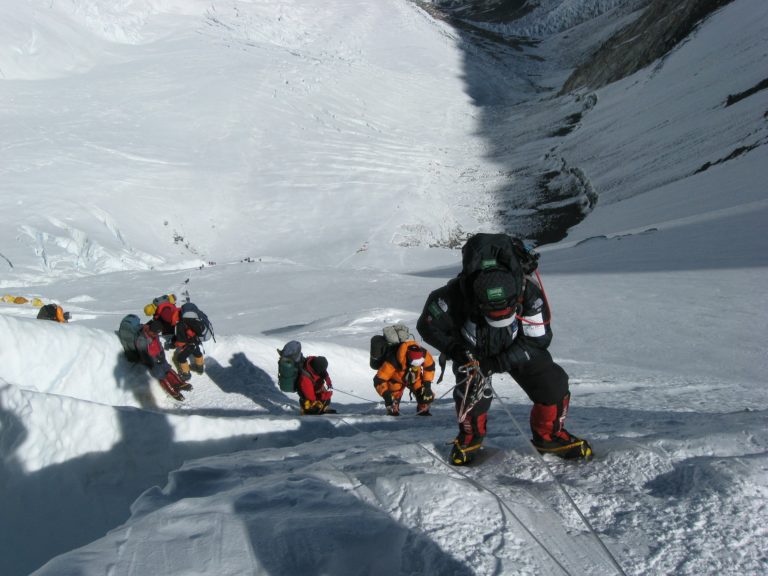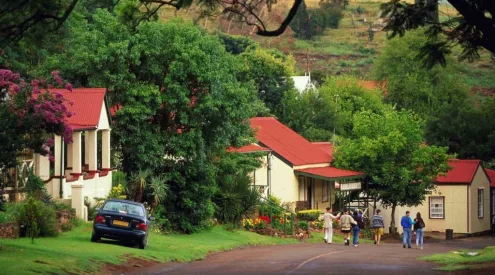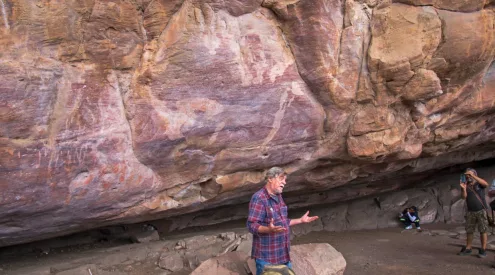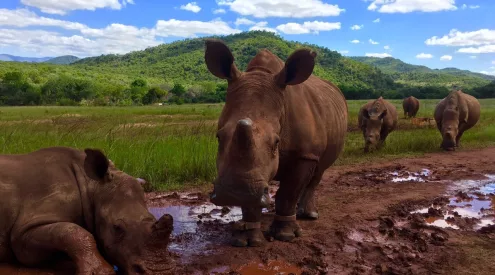With more people taking up the task of climbing Mount Everest in recent years, the accumulation of litter has built up. So much so that the mountain community are now working with organisations to restore the tallest mountain in the world to its former glory.
The Sherpas of Nepal who work on the mountain have arduous jobs. They set up camp, manage the porters, ensure that loads are evenly distributed and are responsible for the trekking group’s safety.

Litter in extreme locations such as Mount Everest present difficult logistic challenges.
On average, over 600 people a year attempt to reach the summit, with 99% them needing to be guided by the Sherpa people, according to National Geographic. Thanks to this expert guidance, many reach the summit, but the paths they take to get there aren’t as pristine as they once were.
The entire expedition takes around two months to complete. The majority of that time is spent acclimatizing climbers bodies to the extreme altitudes, which takes place in a series of ascending camps, all the while each individual produces an average of 8 kg of trash.
According to National Geographic, the litter problem on Everest can be traced back to the lack of oxygen novice climbers face when trying to summit the mountain.
Climbers face harsh conditions in the thin air and their main focus is to reinfuse their oxygen-depleted blood. In these extreme circumstances, even the most environmentally aware climber can forget to check that nothing is left behind, or fail to notice when an oxygen is dropped.
The human traces left behind include abandoned tents, food containers, and discarded equipment sometimes left behind during emergency evacuations.
Another reason for the shocking amount of the waste found on Everest is climate change. As snow and ice slowly melt away, trash from previous climbers start to reemerge. This is particularly bad for the native people who call the areas that surround Everest home, as the pollutants are washed into rivers by rainfall, contaminating the water supplied to local populations. Mount Everest’s lack of sanitation facilities means that water supplies can easily be contaminated resulting in an outbreak of waterborne diseases like cholera.
Thankfully, there is hope for saving this iconic mountain. Local governments, nongovernmental organisations (NGOs), and private businesses are working tirelessly to clean up Everest and to bring what went up, back down again.
In 2019, the Nepali government cleared 11 tons of trash off of Everest; in addition to a deposit initiative launched in 2014, which refunds a climbers’ required $4,000 deposit when they return with their 8 kilograms of generated garbage, reports National Geographic.
Despite these efforts having a positive affect at Everest’s base, the pollution problem is still a big issue on the mountain’s higher regions, particularly in the ‘death zone’ above 26,000 feet.
Cleanup projects at higher altitudes are already underway with the help of Swiss luxury brand, Bally and its Bally Peak Outlook initiative. This initiative involves an ambitious cleanup effort from base to summit.
We are proud to announce the Bally Peak Outlook Foundation’s partnership with @NatGeo on a new campaign to raise greater awareness on the issues plaguing the world’s mountains, including Mt. Everest. #BallyPeakOutlookhttps://t.co/c0SQ2SnDkw
— BALLY (@Bally) July 30, 2020
‘Thousands of people visit the Himalayas every year and a very few of them actually help to give back to the communities that live in these majestic environments,’ says Jamling Norgay, son of Tenzing Norgay, one of the first two individuals known to reach the summit of Mount Everest. ‘The Bally Peak Outlook Foundation is special because the cleaning efforts go beyond the base camps of the mountains, where most cleaning campaigns have been focused.’
To date, leader of Eco Everest Expeditions, Dawa Steven Sherpa, and a team of expert mountaineers have managed to extract two tons of garbage from the frozen slopes—at least half of that from inside the ‘death zone.’
Image credit: Pixabay
















